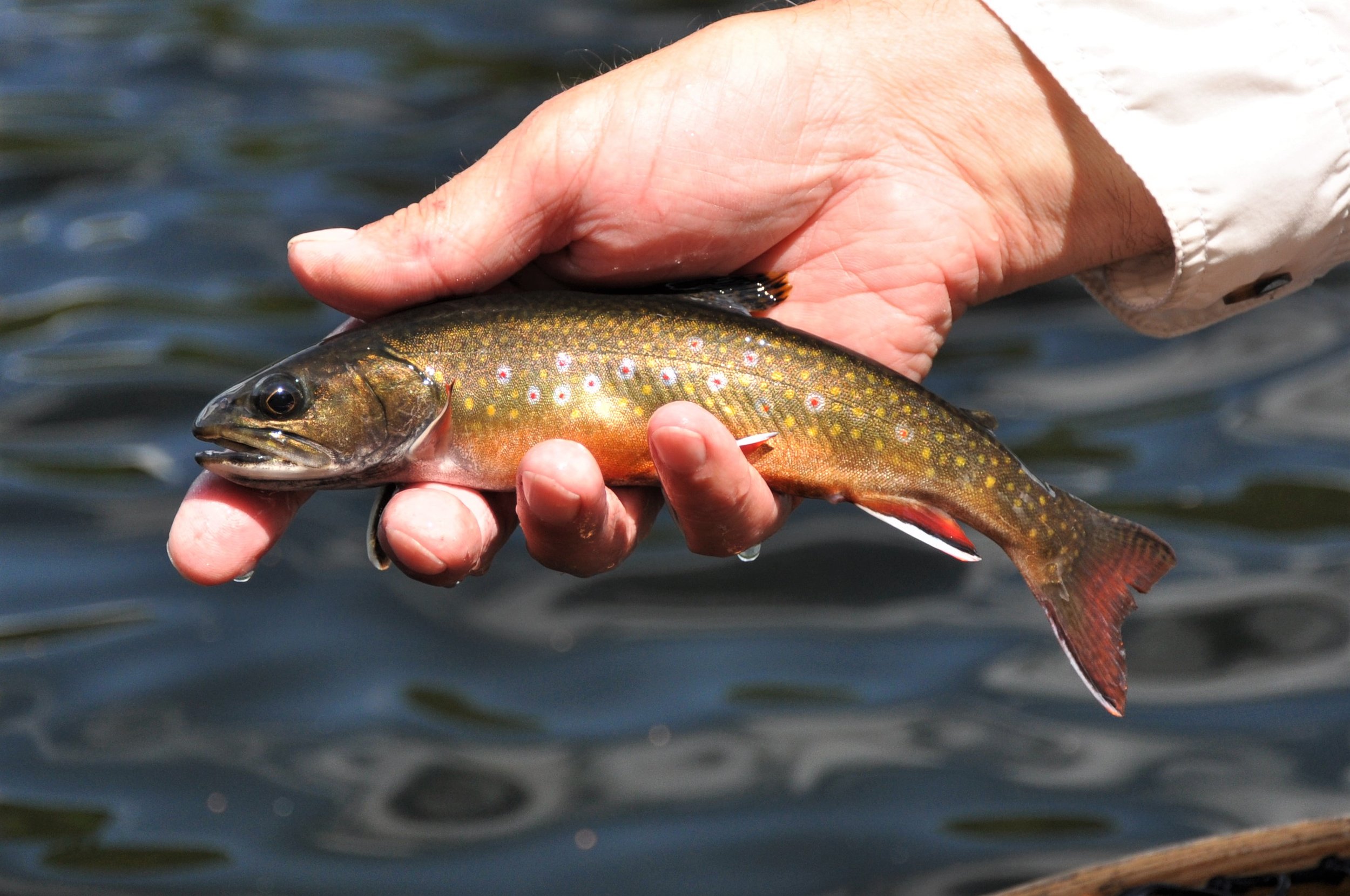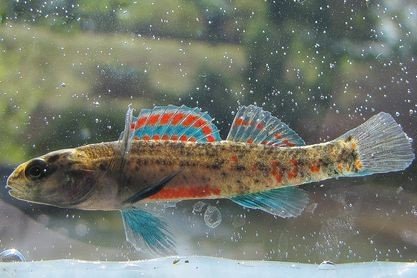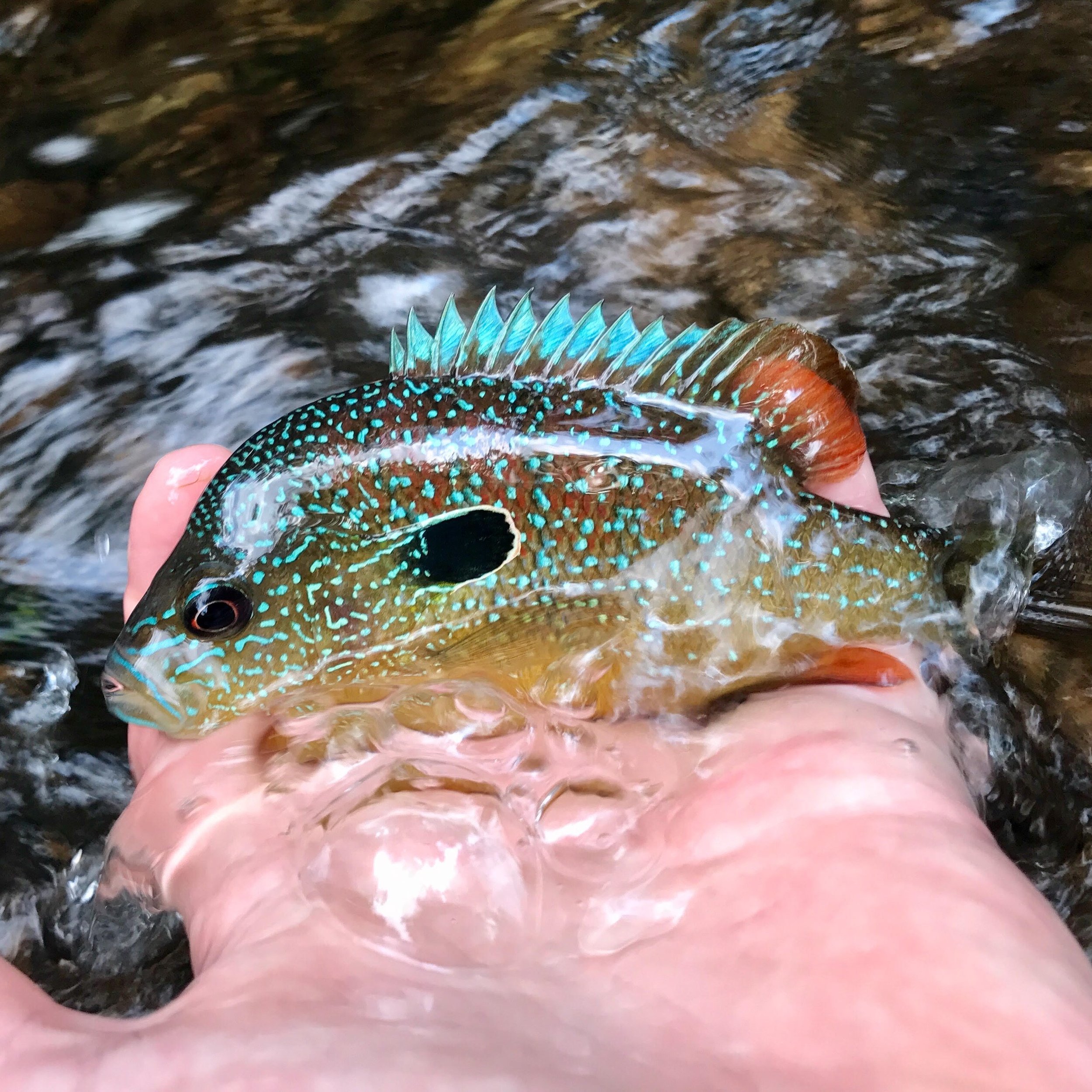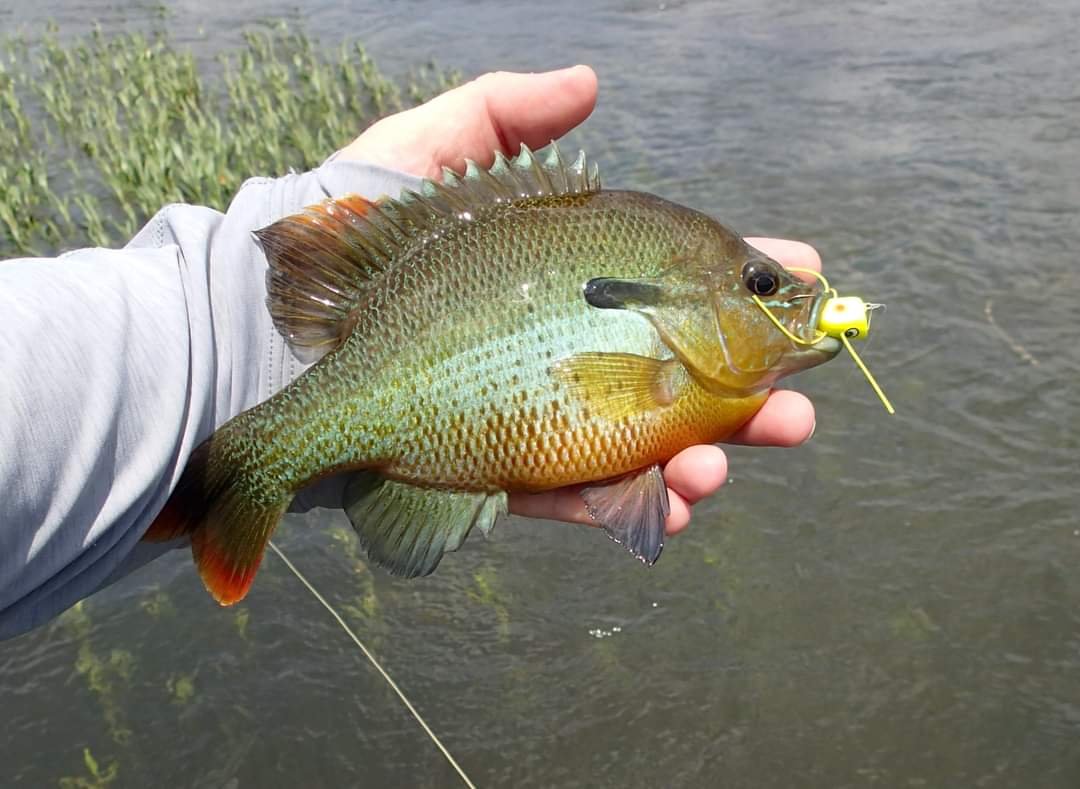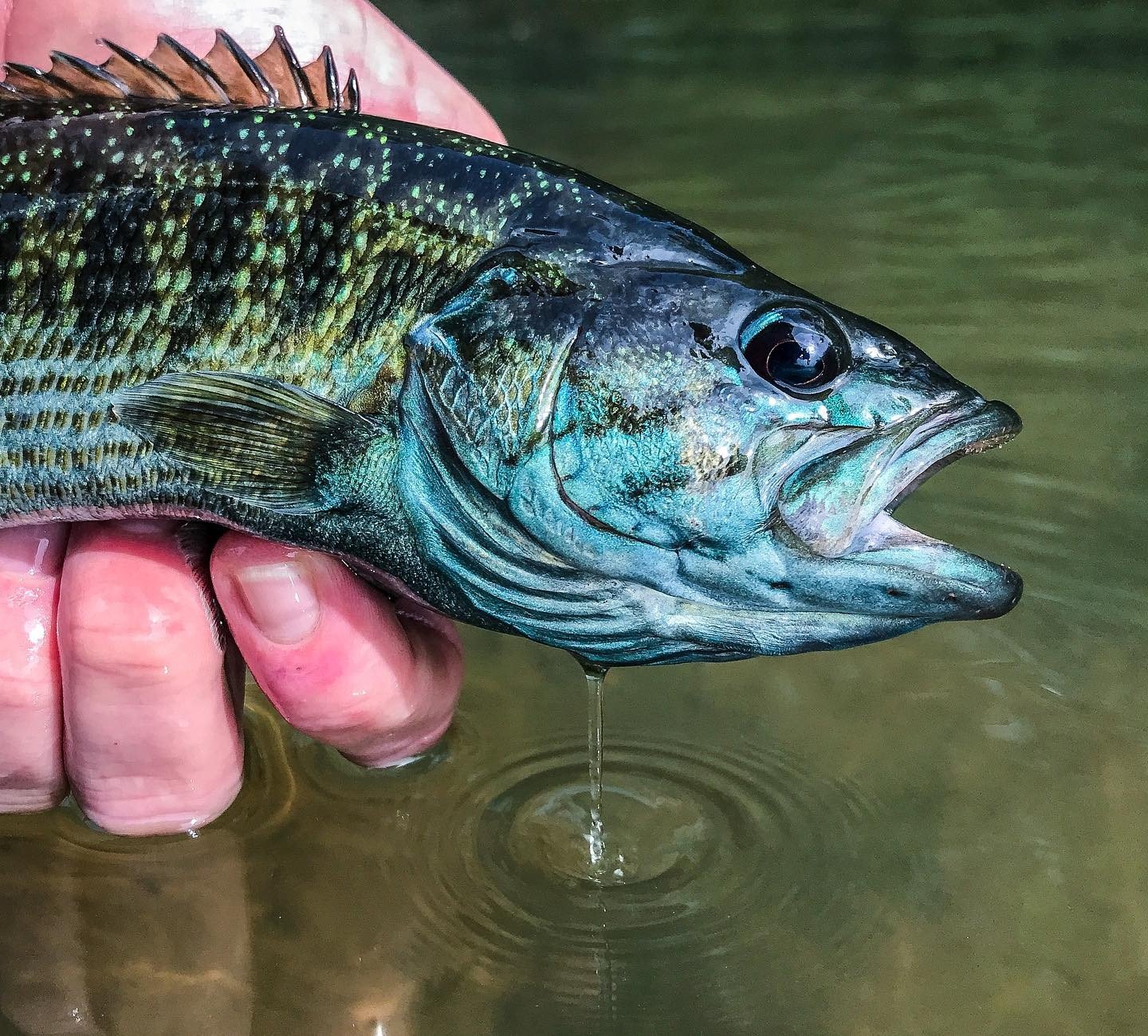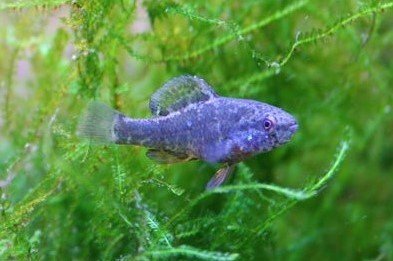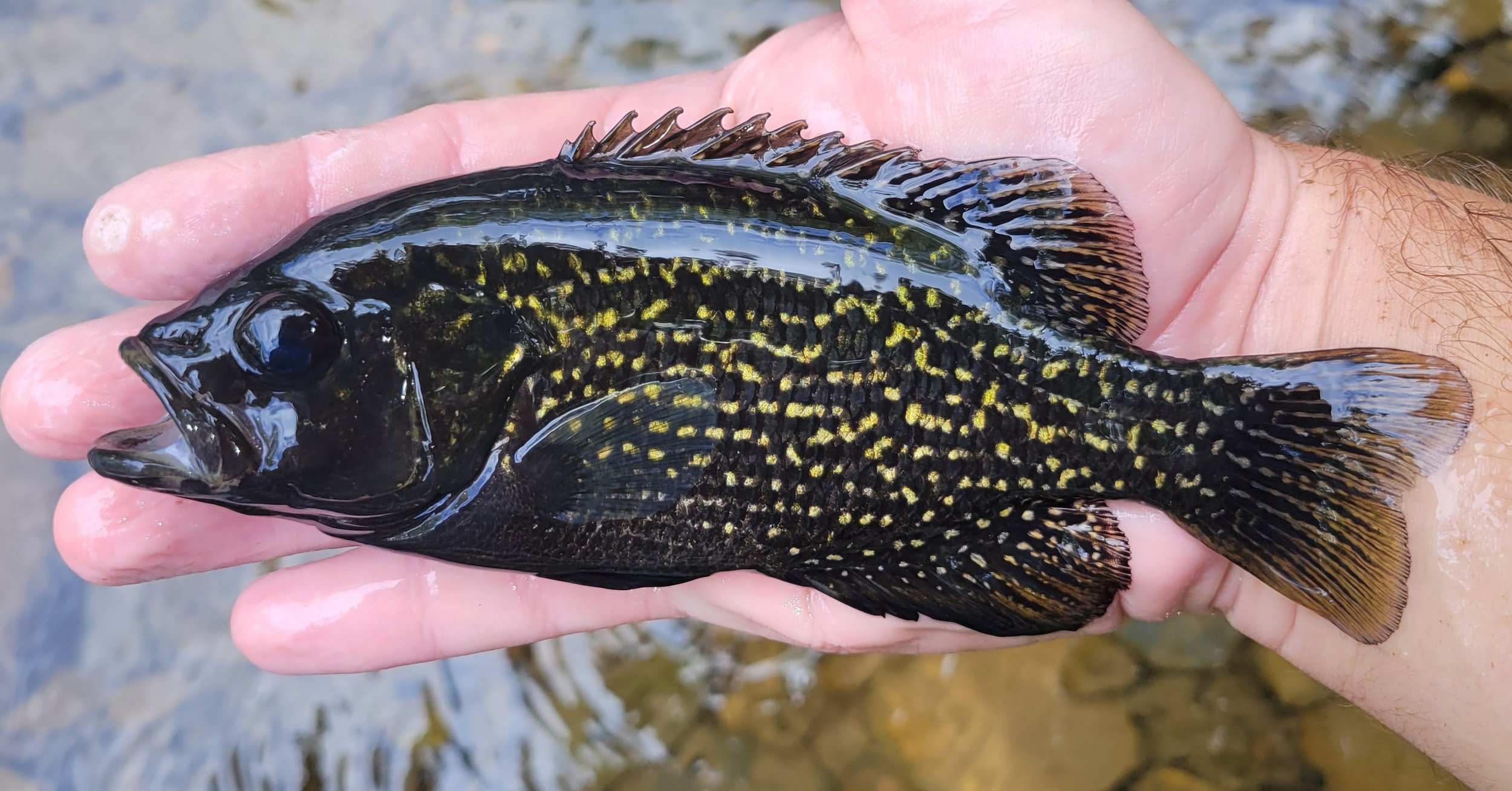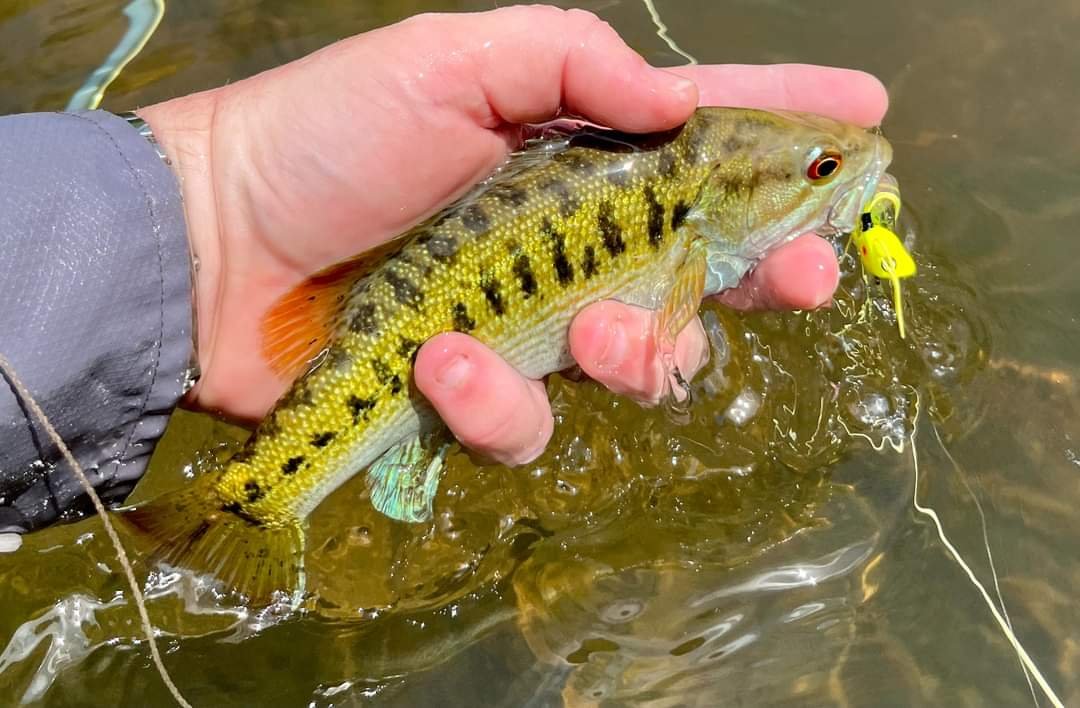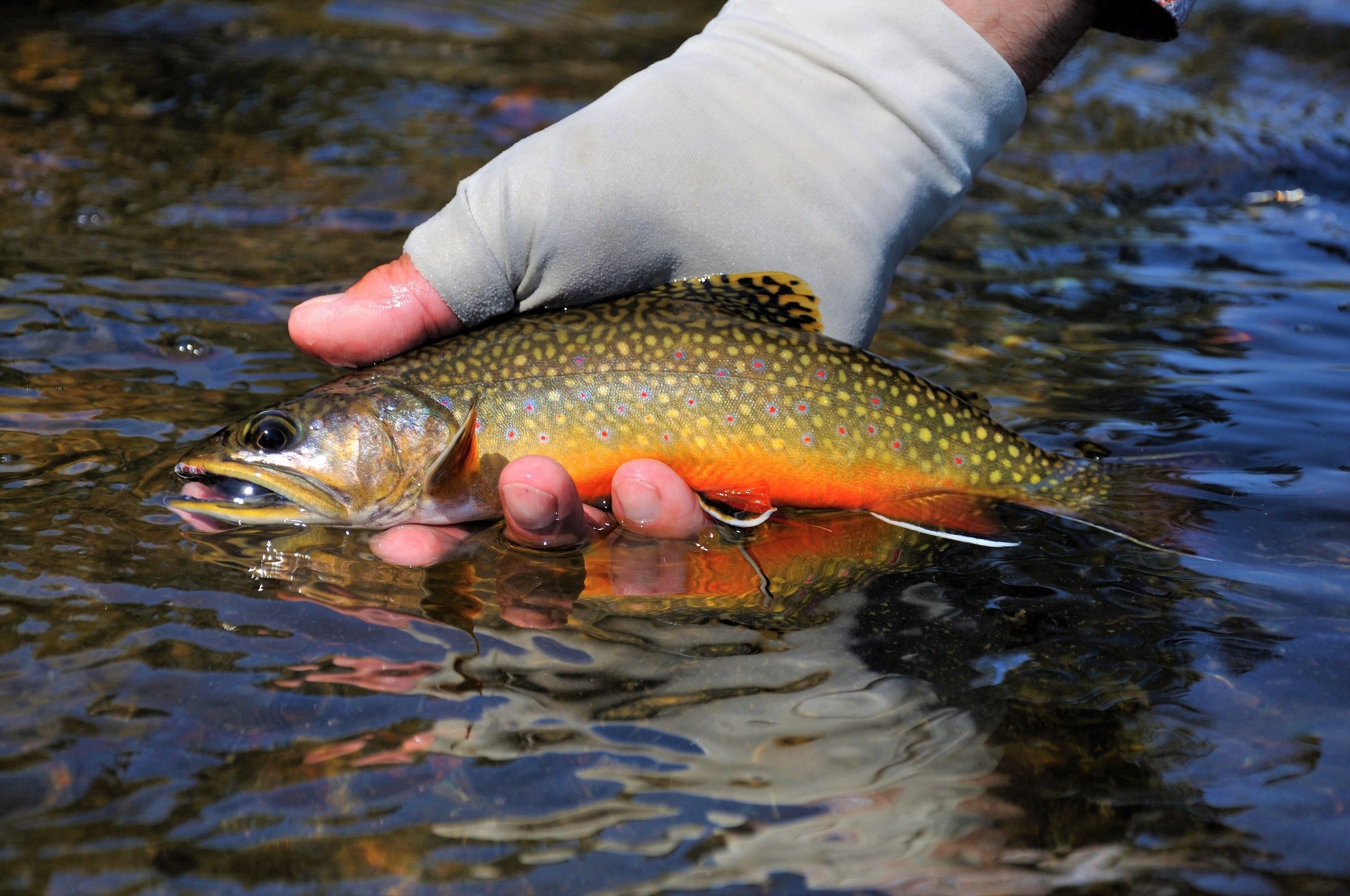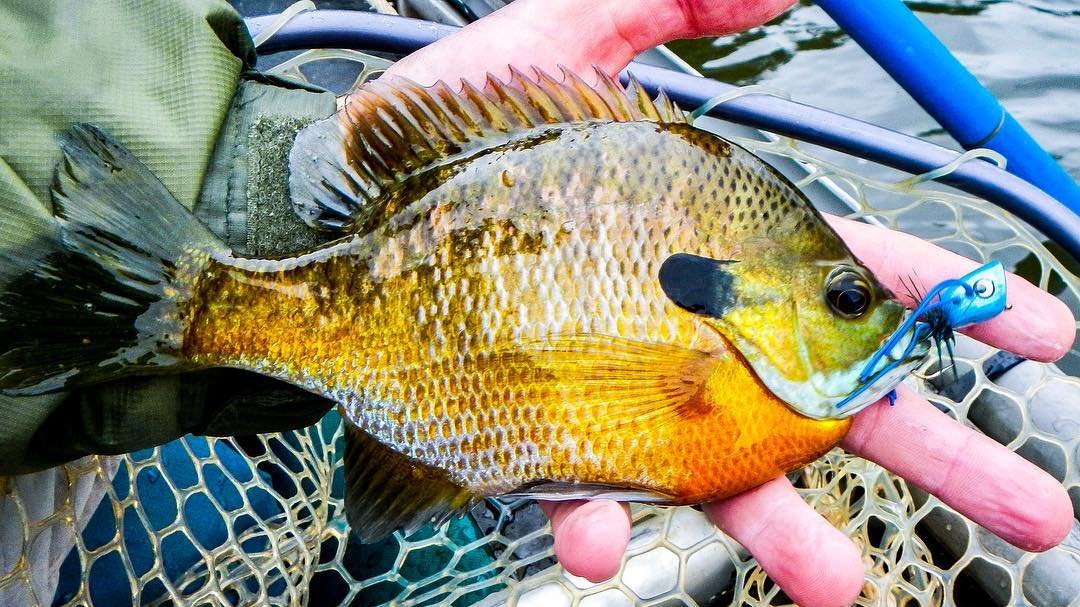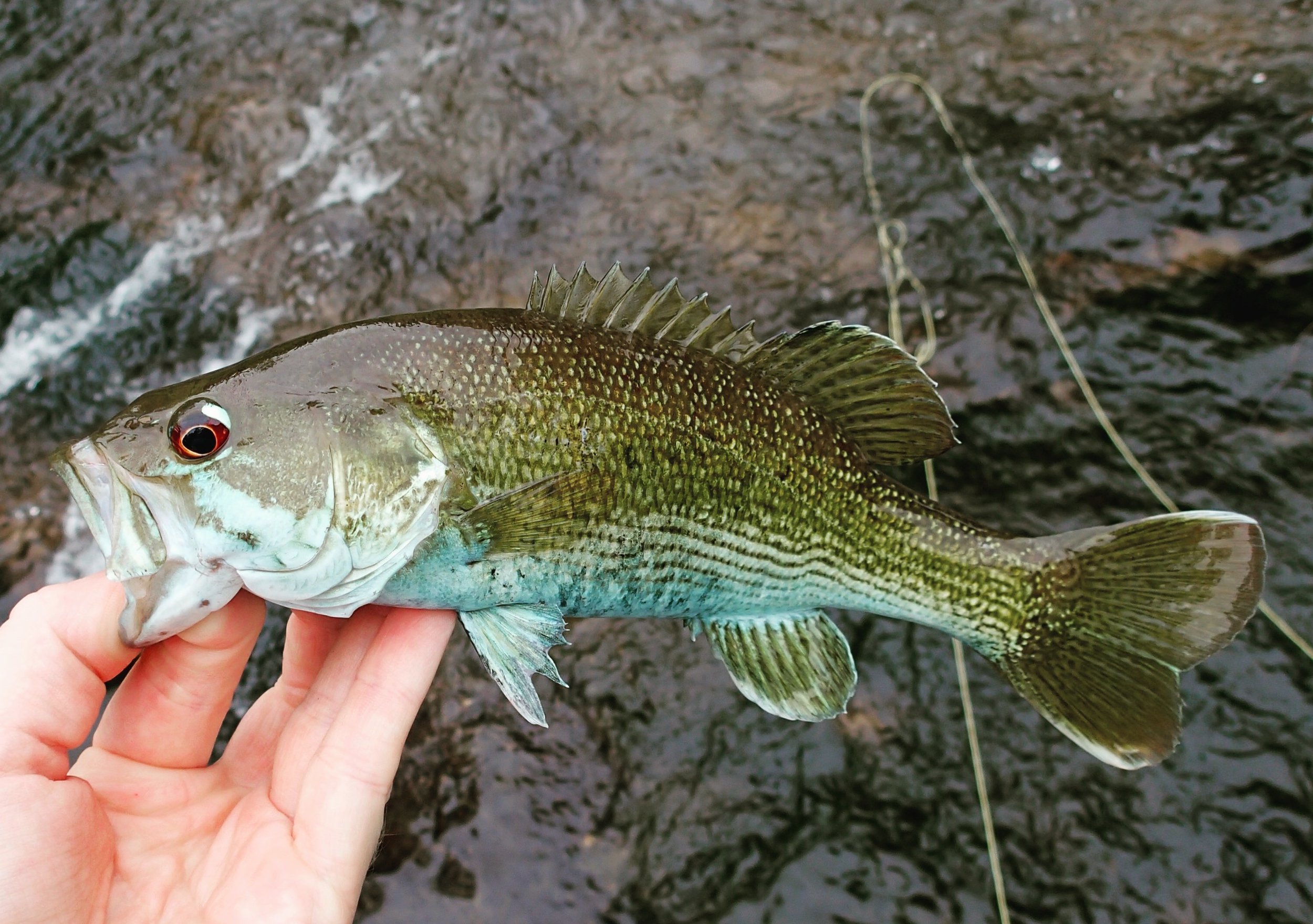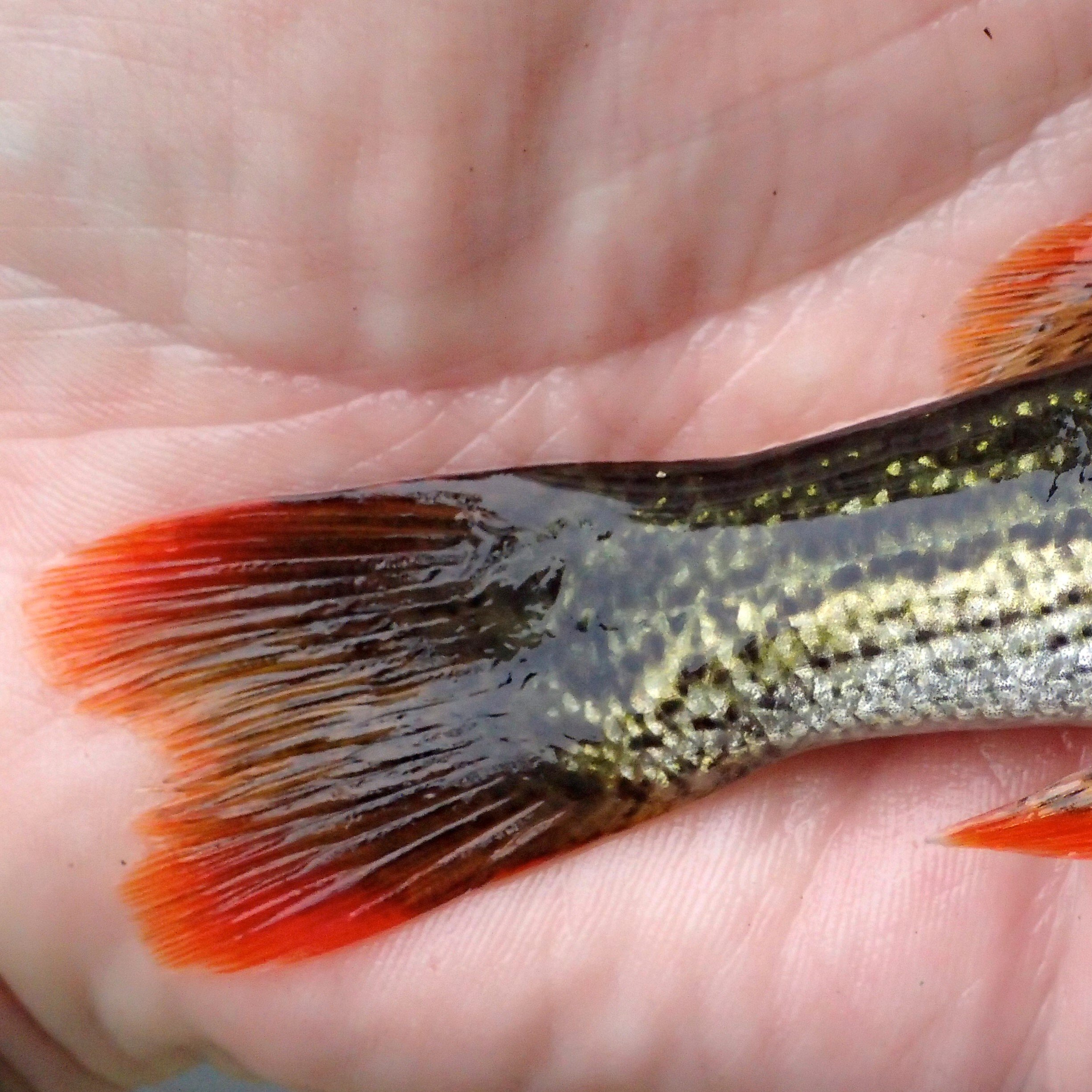WHY ARE NATIVE FISHES IMPORTANT?
Clean water and intact riparian areas are absolutely critical to healthy aquatic ecosystems. However, what lives there and doesn’t is equally important, and often overlooked. Without its full complement of wild native fish, or with the addition of nonnative or stocked fish, aquatic ecosystems fall short of being truly healthy. Wild native fish are an important part of big picture aquatic ecosystem health as they impact everything from other fish species, insects, amphibians, reptiles, birds, mammals, and even plants. The full complement of native biota, and even microbiota, in a given aquatic ecosystem coevolved to make the system what it is. Remove a piece, or add a piece, and it will have an impact on other pieces, and often in ways we cannot anticipate or undo. The introduction of nonnative predator species, and/or extirpation of native predator species can result in trophic cascades which cause predator/prey imbalances, and/or the loss or disruption of important food sources for certain species. A recent example was the introduction of nonnative lake trout to Yellowstone Lake in Yellowstone National Park, a wild native cutthroat trout resource of unmatched abundance and ecological significance which not only imperiled the native trout, but stressed an important forage source for birds, otters, and even federally threatened grizzly bears. The introduction of nonnative species, or loss of native species at the bottom of the food pyramid, or even the middle, can cause bottom-up or top-down disruption of aquatic ecosystems. A good example is Flathead Lake in Montana, where the introduction of nonnative mysis shrimp had devastating effects on the native cutthroat and rare bull trout. The loss of native species or introduction of nonnative species can disrupt the entire ecosystem, and result in stress to, or even the loss of other native species.


